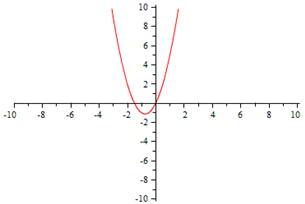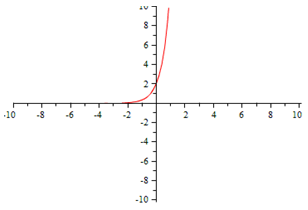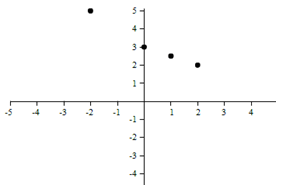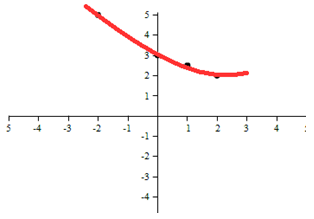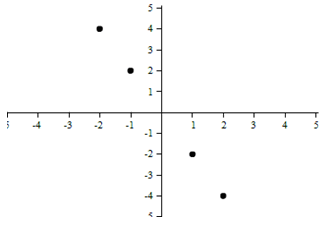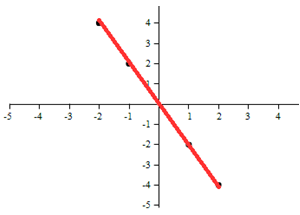Which Function Is It?
| Site: | Gladwin |
| Course: | Michigan Algebra I Sept. 2012 |
| Book: | Which Function Is It? |
| Printed by: | Guest user |
| Date: | Saturday, December 6, 2025, 2:55 AM |
Description
Which Function Is It?
Function Type
Linear | Quadratic |
|
|
Exponential | Cubic |
|
|
Modeling from Graphs
Example 1 Which model is most appropriate for this graph?

Solution
This appears to be a quadratic
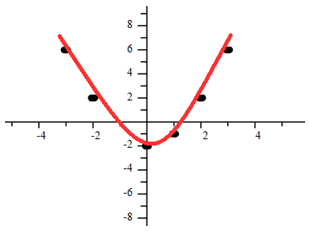
Example 2
Example 3
Video Lesson
Modeling From Tables
For a linear function, the table will show a common first difference. For a quadratic function, the table will show a common second difference. For a cubic function, the table will show a common third difference. For an exponential function, the table will show a common ratio.
Example 1
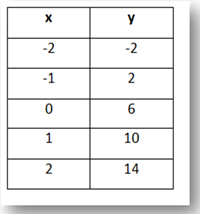
Step 1. Is there a common first difference?
Since the x-values are in an increment of 1, focus on the y-values. The first difference between each pair of consecutive y-values is +4.
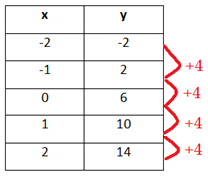
This means the table can be modeled by a linear function.
Example 2
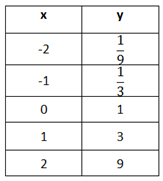
Step 1. Is there a common first difference?
The y-values do not have a common first difference.
Step 2. Is there a common second difference?
The y-values do not have a common second difference.
Step 3. Is there a common ratio?
The y-values have a common ratio of 3.
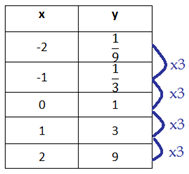
Therefore, the table can be modeled by an exponential function.
Example 3

Step 1. Is there a common first difference?

The y-values do not have a common first difference.
Step 2. Is there a common second difference?
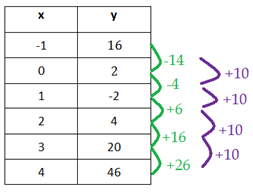
There is a common second difference; therefore, the table can be modeled by a quadratic function.
Video Lesson
Guided Practice
Practice
Answer Key
Sources
Embracing Mathematics, Assessment & Technology in High Schools; A Michigan Mathematics & Science Partnership Grant Project
Holt, Rinehart, & Winston. "Exponential & Radical Functions."
http://my.hrw.com/math06_07/nsmedia/homework_help/alg1/alg1_ch11_04_homeworkhelp.html (accessed September 3, 2010).
Khan, Salman. "Linear, Quadratic, and Exponential Models."
http://www.khanacademy.org/video/linear--quadratic--and-exponential-models (accessed September 12, 2010).

